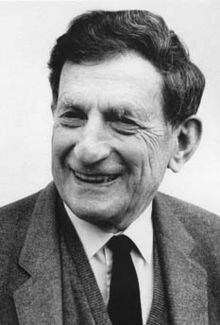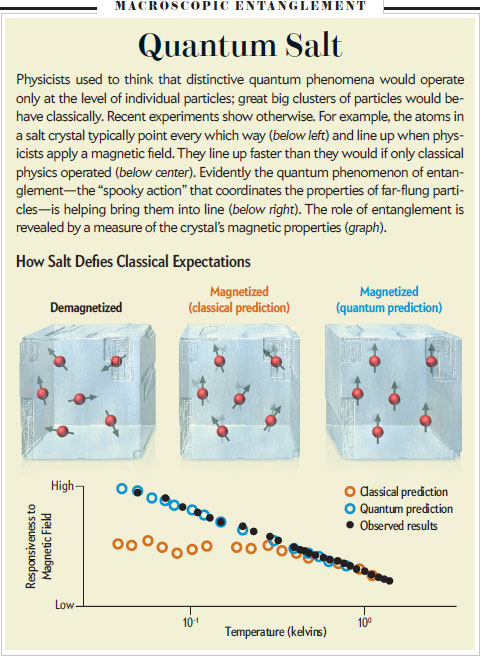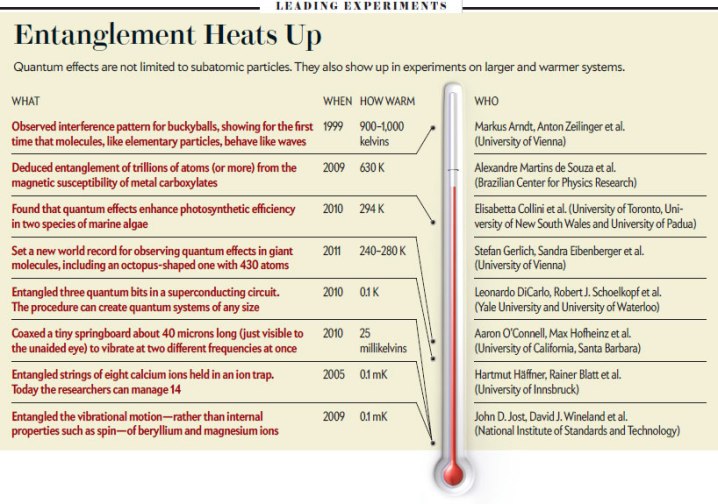 David Bohm was one of the most well respected scientists of the 20th century. He attended at the California institute of technology and UC Berkely. His Doctorate advisor was Robert Oppenheimer. Bohm was also a protege of Einstein’s, working as his assistant at Princeton University. He was one of the forerunners and pioneers of quantum theory in the mid-twentieth century.
David Bohm was one of the most well respected scientists of the 20th century. He attended at the California institute of technology and UC Berkely. His Doctorate advisor was Robert Oppenheimer. Bohm was also a protege of Einstein’s, working as his assistant at Princeton University. He was one of the forerunners and pioneers of quantum theory in the mid-twentieth century.
In the early 1940’s, the US government was using much of UC Berkely’s physics research in the Manhattan Project- which would produce the worlds first atomic bomb. Oppenheimer had invited Bohm to a top secret lab called Los Amos, which helped designed the bomb, but Bohm was denied security clearance on the grounds that he had communist ties. Despite this, much of his own research was used in the development of the first atomic bomb during the Manhattan project. After the government had used Bohm’s research, they barred him from the products of his own work because of his lack of security clearance.
Helping develop the first atomic bomb was not the only major mark in his career. Bohm had made several contributions to the field of physics and the developments of new physical theories about the universe. One of those theories was that the universe itself was a hologram- which he called “the implicate and explicate order”. The implicate order was a deeper form of reality that was outside time and space, or ‘before’ it.
 The implicate order to Bohm, in layman’s terms, is all the basic rules of reality that actually exist on a single plain. All events that we know of are tied to this plain of reality, but we cannot perceive how because it is hidden- or implicit.
The implicate order to Bohm, in layman’s terms, is all the basic rules of reality that actually exist on a single plain. All events that we know of are tied to this plain of reality, but we cannot perceive how because it is hidden- or implicit.
Bohm believed that the most basic elements of matter in the implicate order were mental, or at least mind-like. That matter was not inert and unconscious but carried with it meaning, or teleology.
“Every action starts from an intention in the implicate order. The imagination is already the creation of the form, it already has the intention and the germs of all the movements needed to carry it out. And it affects the body and so on, so that as creation takes place in a way from subtler levels of the implicate order, it goes through them until it manifests in the explicate.” – David Bohm
The explicate order was the every day world we experience in time and space. The every day objects we see and interact with, and the events that happened. All the things we know are coming ‘out of’ the implicate order as a projection or a hologram. A hologram is a flat surface with information contained in it, that can project itself as a larger image. Some people have theorized that Bohm’s theory of the Implicate order is related to Jung’s theory of synchronicity.
 Bohm theorized that the implicate and explicate order interacted with each other as a greater whole- that things that appeared separate in real life were actually connected at a deeper part of reality- in the implicate order. Bohm believed that things could be manifest in reality through the mind, via the brain, which to him was a holographic machine.
Bohm theorized that the implicate and explicate order interacted with each other as a greater whole- that things that appeared separate in real life were actually connected at a deeper part of reality- in the implicate order. Bohm believed that things could be manifest in reality through the mind, via the brain, which to him was a holographic machine.
This connection physicists were learning about through quantum physics. Physicists have recently published papers that seem to confirm parts of Bohm’s theory that the universe is a hologram.
If this is the case, it changes a lot for how we think of the world. Many people think of the world as composed of separate objects that have nothing to do with each other unless they collide with one another. Bohm’s theory of the universe posits that at some level, all things are interconnected and related to one another. Many people have posited that this theory of the universe has also serve as a framework for religion and spirituality.
Extra Reading
A Holographic View of Reality by David S. Walonick, Ph.D.
The Holographic Universe by Technewsworld
Is the Universe a Hologram? by EurekAlert!
The Universe Might Be a Giant Hologram by Huffingtonpost
 According to standard physics textbooks, Quantum mechanics is the theory of the microscopic world. It describes particles, atoms, and molecules but gives way to ordinary classical physics on the macroscopic scales of pears, people, and planets. Somewhere between molecules and pears lies a boundary where the strangeness of quantum behavior ends and the familiarity of classical physics begins…
According to standard physics textbooks, Quantum mechanics is the theory of the microscopic world. It describes particles, atoms, and molecules but gives way to ordinary classical physics on the macroscopic scales of pears, people, and planets. Somewhere between molecules and pears lies a boundary where the strangeness of quantum behavior ends and the familiarity of classical physics begins… A neat experiment in 2003 proved that larger systems, too, can remain entangled when the leakage is reduced or somehow counteracted. Gabriel Aeppli of University College London and his colleagues took a piece of lithium fluoride salt and put it in an external magnetic field. You can think of the atoms in the salt as little spinning magnets that try to align themselves with the external field, a response known as magnetic susceptibility. Forces that the atoms exert on one another act as a kind of peer pressure to bring them into line more quickly . As the researchers varied the strength of the magnetic field, they measured how quickly the atoms became aligned. They found that they atoms responded much faster than the strength of their mutual interactions would suggest. Evidently some additional effect was helping the atoms to act in unison, and the researchers argued that entanglement was the culprit. If so, the 1020 atoms of the salt form a hugely entangled state.
A neat experiment in 2003 proved that larger systems, too, can remain entangled when the leakage is reduced or somehow counteracted. Gabriel Aeppli of University College London and his colleagues took a piece of lithium fluoride salt and put it in an external magnetic field. You can think of the atoms in the salt as little spinning magnets that try to align themselves with the external field, a response known as magnetic susceptibility. Forces that the atoms exert on one another act as a kind of peer pressure to bring them into line more quickly . As the researchers varied the strength of the magnetic field, they measured how quickly the atoms became aligned. They found that they atoms responded much faster than the strength of their mutual interactions would suggest. Evidently some additional effect was helping the atoms to act in unison, and the researchers argued that entanglement was the culprit. If so, the 1020 atoms of the salt form a hugely entangled state.